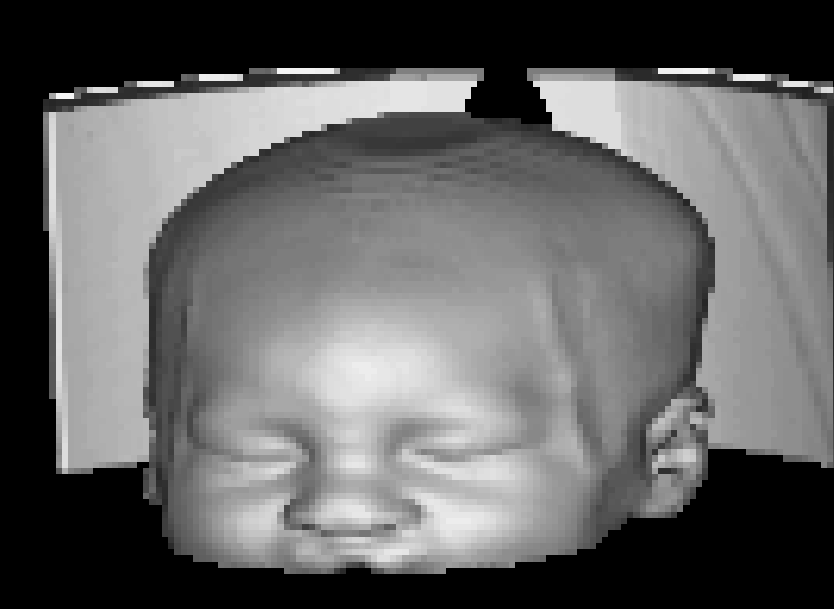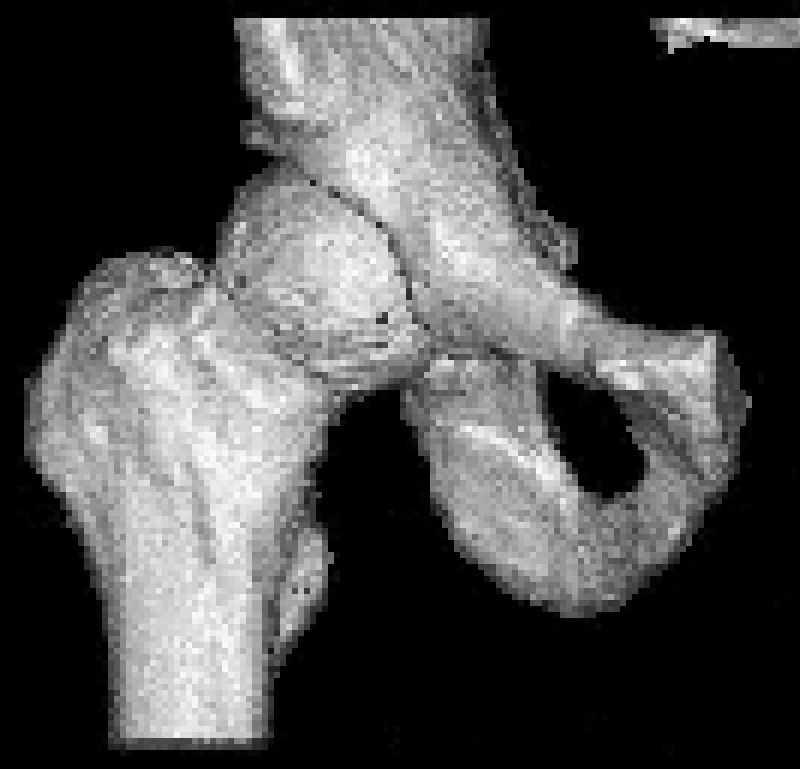

Ignacio Blanquer,
Héctor Claramunt, Vicente Hernández, Javier Ramirez, and Antonio
M. Vidal
HIPERTTN - Universidad
Politécnica de Valencia, Spain
Mariano
Alcañiz, Vicente Grau, and Carlos Monserrat
Grupo de Desarrollo
e Imagen y Diseño - Universidad Politécnica de Valencia, Spain
Luis Martí-Bonmatí,
and Luis Concepción
Hospital Peset Aleixandre
- Valencia, Spain
Objective
HIPERCIR
is a 3D Image Analysis Package for radiologists who need a fast response, which
provides many image facilities at high performance levels using an affordable
equipment. HIPERCIR, targeted to Radiological Departments of Hospitals and Radiology
System Providers, is focused to aid and speed-up the day-to-day diagnosis tasks
of clinics
Introduction
The analysis
of 3D medical images by means of the currently available software suffers from
two very important constraints. The first problem relates to the expensive hardware
requirements, and the second concerns with the difficulty of use and the lack
of performance of the packages. HIPERCIR is aimed at to skip these two constraints.
HIPERCIR
(ESPRIT project HIPERTTN 24003) is a project framed in the METIER action of
the Esprit program. The result of the HIPERCIR project will be a package for
3D medical image segmentation and 3D visualisation which will deliver high performance
running on a Windows 95/NT network of PCs.
System
Description
The 3D MRI
and CT image visualisation and management is even nowadays only possible using
expensive computers. One of the objectives of the HIPERCIR project is the development
of an integrated package that will make use of parallel processing to reach
good performance.
HIPERCIR implements a distributed 3D region growing segmentation algorithm with a set of tools for easing and guiding the segmentation process providing an intuitive interface.
3D visualisation
is achieved throughout a volume rendering system which provides very realistic
images. Examples of the images are shown below:
 |
 |
Other visualisation
capabilities, like maximal intensity projection, will be available.
All the algorithms directly work on the volume data, thus being able to measure accurately organs, tissues and selected areas, which can be extremely useful for the following-up of treatments.
HIPERCIR
uses the standard DICOM format for input and provides several adjustable parameters
that can be used to tune the system for different studies.
Conclusion
This paper
presents the HIPERCIR project. The main objective of HIPERCIR is to introduce
high performance computing techniques in radiology.
HIPERCIR is an affordable package that delivers the same performance as expensive large systems. It is being designed by a consortium in which participates image experts, high performance computing experts, medical software developers and clinics, which guarantees the success and applicability of the final product.
HIPERCIR
is one of the projects of the HPCN-TTN initiative in which more than 40 centres
of Europe are collaborating in the development of High Performance Programs
for the European industry. A sector group devoted to Medicine has been created
inside this framework and HIPERCIR is one of the projects of this sector group.
References
1.- HIPERCIR
Project. http://www-copa.dsic.upv.es/hiperttn/pst/hipercir/
2.- Medical
sector group of the HPCN-TTN network. http://www.epcc.ed.ac.uk/ttn-Medical/
Oral presentation at EuroPACS'98, Barcelona, Spain